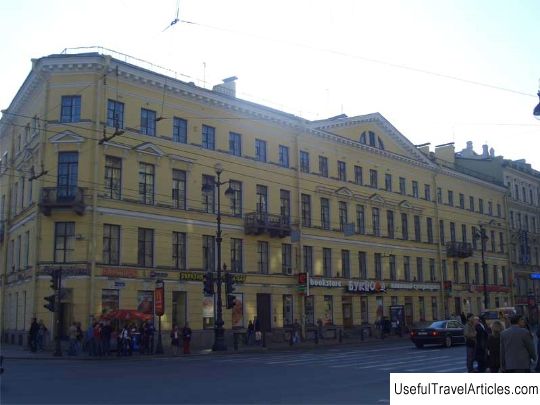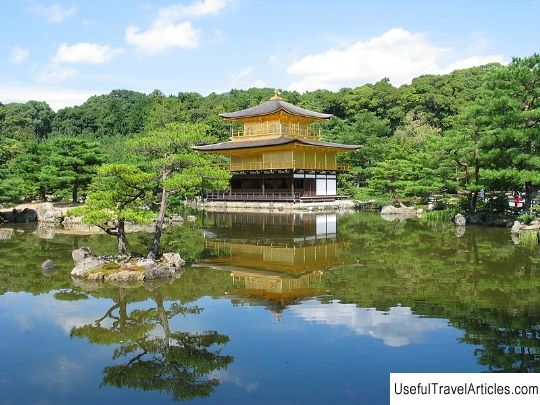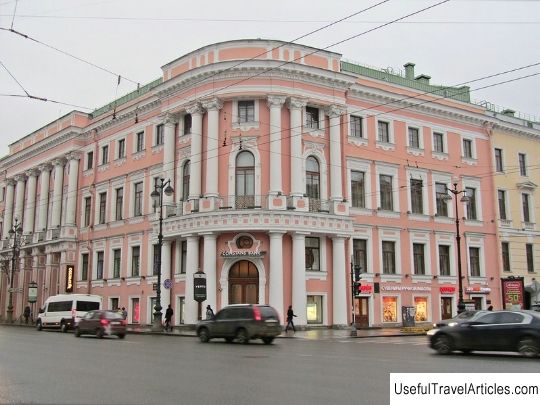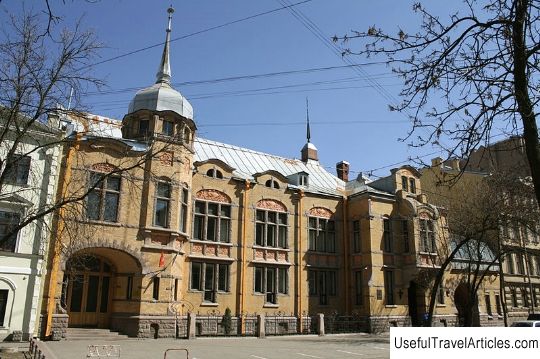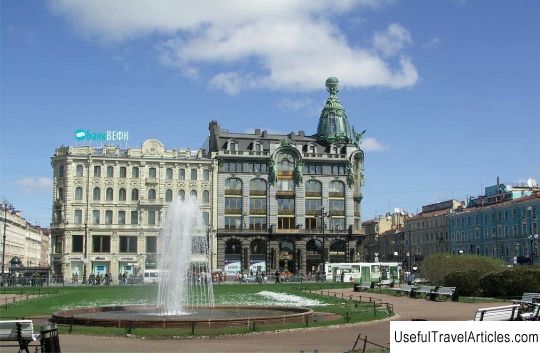House of Kotomin description and photo - Russia - Saint Petersburg: Saint Petersburg
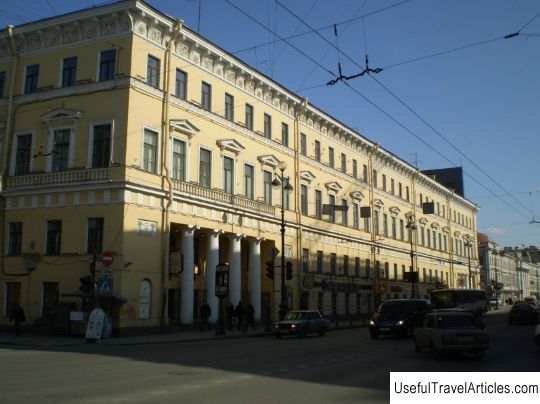
Kotomin's house description and photos - Russia - Saint Petersburg: Saint Petersburg. Detailed information about the attraction. Description, photos and a map showing the nearest significant objects. Photo and descriptionKotomin's House is an interesting example of residential architecture of the period of classicism, located on Nevsky Prospekt between Moika and Bolshaya Morskaya. The first owner of this site was K.I. Cruys, vice-admiral, associate of Peter I. In the 1710s. a wooden house was built here. After Cruys, the site belonged to General M.I. Balk, doctor of the Preobrazhensky regiment H. Kilvent, O.B. Herzen, a foreign merchant. After the fire that happened here in 1737, the plot was sold to I.G. Neumann, the tailor. In 1741. for him, according to the project of M.G. Zemtsov. a stone house was built. Two-storey buildings, standing on high basements, were interconnected by a one-storey passage that ran along Nevsky Prospekt. In the middle of the 18th century. Neumann's house housed the classes of the Page Corps. Besides, in this building the French for the first time in Russia opened a cabinet of wax figures. In 1791. in this building, Beranger and Valot opened a pastry shop. After the death of Valot, Wolf took his place. Wolf-Beranger's confectionery was famous for its chocolate eggs with relief images reminiscent of the victory in the Russian-Turkish war. The confectionery was popular with many artists. In 1807 the house was purchased by the merchant K.B. Kotomin (from the former serfs of Prince Kurakin). The building was rebuilt in 1812-1815. Stasov V.P., it was then that it acquired its present appearance. While rebuilding the house, Stasov, with the help of the Doric order, united the two lower floors: the facade overlooking Nevsky Prospect, the facade along the edges he processed with two four-column loggias, and the center with a portico of eight half-columns. The building is completed by a spectacular cornice on brackets. Bas-reliefs and stucco rosettes are made between them. Despite numerous changes (openings between the columns of the loggias were laid, the portico was dismantled), the strict architecture of this house still makes a strong impression. The house has been rebuilt from the inside more than once. On the first floor, in some places, there are vaults of the cross, possibly dating back to the 18th century. On January 27, 1837, it was in this building, in the confectionery of Wolf and Beranger that Pushkin met with Danzas, his second, and set off to the place of the duel. The cafe was visited at different times by F.M. Dostoevsky, M. Yu. Lermontov, T.G. Shevchenko, N.G. Chernyshevsky. In Kotomin's house, P.E. Eliseev. The Eliseev family has lived in this house since the 1830s. to 1858 In the 40-60s. 19th century Jungmeister's bookstore operated here. Jungmeister together with Weimar published the first complete works of Krylov. In the mid 70s. 19th century house number 18 on Nevsky Prospect was bought by A.N. Pastukhov, at whom Singer's bank office was located here, and the former premises of the pastry shop were occupied by O. Leiner's restaurant, which was widely popular among theater artists of St. Petersburg. There is a legend that on October 20, 1893. P.I. entered the restaurant Tchaikovsky and asked for a glass of water. He was told that there was no boiled water. The composer asked for some raw water. After taking one sip, the composer returned the glass. A few days later, Tchaikovsky died of cholera. For a long time, there were rumors that the water was poisoned. In this restaurant, Fedor Chaliapin met the artist Dalsky, who taught him acting skills. In the 20s. 20th century in house number 18 there was a publishing house of the Leningrad province education, a photo studio of P.S. Zhukov, restaurant and cafe, laundry-dyeing, bakery and confectionery. Since 1985, on the site of the Wolf-Beranger pastry shop, the Literaturnoe cafe has been operating, the design of which was made according to the project of Z.B. Tomashevskaya. M.K. Anikushin created a memorial marble plaque depicting Pushkin. During the laying of granite slabs on the sidewalk in front of Kotomin's house, archaeological excavations were carried out. As a result, the steps were discovered, along which visitors climbed to the pastry shop. One of these visitors is Alexander Sergeevich Pushkin. The steps of Wolf and Beranger's pastry shop were the last steps he descended. After the duel home, to Moika 12, he was already carried in his arms. To preserve the memory of the great poet, one of the steps was preserved by the owner of the cafe and placed as a museum piece near the entrance to the institution.      We also recommend reading Museum of Nature of South Tyrol (Museo di Scienze Naturali dellAlto Adige) description and photos - Italy: Bolzano Topic: House of Kotomin description and photo - Russia - Saint Petersburg: Saint Petersburg. |
